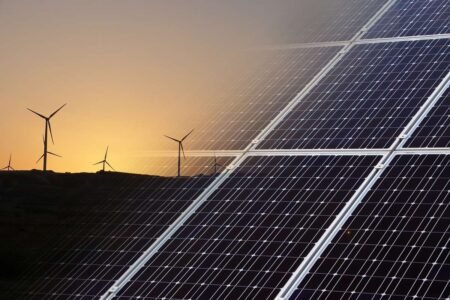Mandatory energy-saving measures, including renovating public buildings, energy-saving schemes for utilities, and energy audits for all large firms, will be required by an EU energy efficiency directive approved by the European Parliament in plenary on 11 September. It is estimated that cutting energy consumption by 20% could save the EU EUR 50 billion per year.
Advertisement
Renovation of public buildings
The directive will require EU Member States to renovate 3% of the total floor area of “heated and/or cooled buildings owned and occupied by their central government” (administrative departments whose responsibilities cover the entire territory of a Member State).
This will apply to buildings with a “total useful floor area” of more than 500 m², and as from July 2015, of more than 250 m². However, Member States will also be able to use alternative means to achieve equivalent energy savings.
Saving plans for utilities
Energy companies covered by the directive will have to achieve a “cumulative end-use energy savings target” by 2020. This target will have to be at least equivalent to achieving new savings, each year, from 2014 to 2020, of 1.5% of annual energy sales to final customers, by volume, and averaged over the most recent three-year period before the directive takes effect.
Sales of energy used in transport could be excluded and alternative ways to achieve equivalent energy savings would be permitted, provided that equivalence is maintained.
Energy audits
All large enterprises will be required to undergo an energy audit. These audits will need to start within three years of the directive’s entry into force and should be carried out every four years by qualified and accredited experts. Small and medium-sized enterprises (SMEs) will be excluded from this obligation.
Financing facilities
Special provisions for establishing financing facilities for energy efficiency measures will be included in the directive. Member States would have to facilitate the establishment of these facilities or the use of existing ones.
Next steps
The directive will enter into force 20 days after its publication in EU’s Official Journal and member states will have 18 months to transpose it into their national laws.
The directive was adopted with 632 votes in favour, 25 against and 19 abstentions.
Further information, European Parliament
Adopted text available here (click on 11.09.2012)
Background note with all the details on the agreed text on Energy Efficiency Directive
Source: European Parliament






